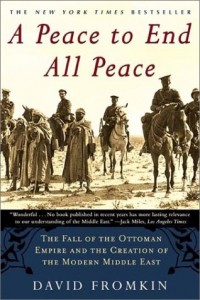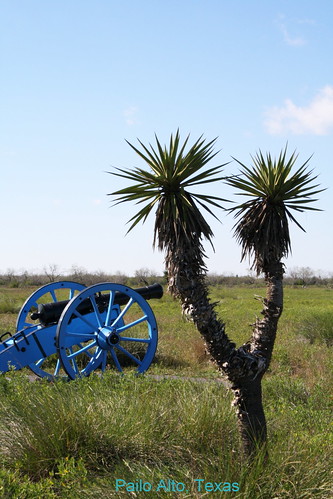Book Reviews: History on the Road
Traveling is a great way to learn. Every new city visited is a deeper insight into the region’s past and why it developed as it did. We traveled from Shanghai to Seattle by land and sea, and all the while reading. While the books did not always reflect the location we were in, they were insightful in different ways along our journey and helped to paint a more clear picture of the past, and explain why some areas we visited were in poverty and others in plenty. History is the only real explanation for how diverse and varied our species is, and its an amazing story more fascinating than fiction.
A Peace to End All Peace, by David Fromkin. This telling Pulitzer price book finalist tells of the causes of World War I (on the Eastern front between 1914 and 1922) and how the policies before, during and after the conflict have resulted in the most tumultuous area on the planet– the Middle East. The book begins with a young Winston Churchill visiting the Bosporus and concluding that any army hoping to take the Ottoman Empire would only have to control the Aegean. This thought came to fruition later in Churchill’s life as he sent British troops during WWI up the straights in a failed attempt to destroy the Ottoman Empire and end the war. It is shocking how daringly close the plan came to success. The war rages on and the Ottoman Empire collapses, and is ruled eventually by Ataturk (Mustafa Kemal). They gain in power and reinforce the German’s advances, further prolonging the war on all fronts. Eventually the dust settles to reveal the Central Powers have been defeated, but what is less commonly known is that each government in the Allied Powers Alliance has fallen and their internal opposition parties came to power. Essentially, those who began the war were replaced in all cases except Germany, and the mission and goals of the war changed dramatically as a result of new voices in the arena post fighting. Thus, new faces sat around the table deciding how to divide winnings and the states of Iraq, Iran, Jordan and Lebanon were formed, and the Israeli homeland question was raised. The Allied Powers promised a homeland to the Israelites and set about making it happen, not knowing the cultural and religious currents they would stir in so doing with neighboring Arabs. This book explains the root causes of the Israeli – Palestinian conflict, as well as why modern Turkey is so different from other Muslim countries. This book does not touch on the wars in Iraq (Desert Storm of Operation Iraqi Freedom) or 9/11 or Afghanistan.
Guests of the Ayatollah, by Mark Bowden. This book about the Iran Hostage Crisis read like an adventure novel, but was in fact very well researched. Bowden interviewed countless survivors, read everything he could get his hands on about the Iranian student’s movements, and fully explains the reasons why Muslims dislike Americans. For an American, this book is almost a must-read simply because Bowden is able to get inside the minds of the students who took the American Embassy hostage, and reveals their motives, desires and, years later, what happened to these children. His subtitle is: “The First Battle in the West’s War with Militant Islam,” and Bowden explains why the hostage crisis was a precursor to events that transpired later between the Muslims and the West, and why westerners often fail to fully grasp the rationale and motivations of those militant Muslims in places like Iran, Iraq and Afghanistan.
These are just two examples. Other historical books we’ve read and would happily and confidently recommend to any history or travel buff are : Foreign Devils on the Silk Road, by Peter Hopkirk; Afghanistan
, by Stephen Tanner; and Charlie Wilson’s War
, by George Crile. If it seems all these books represent a trend, then you are an astute reader my friend. We’ve been traveling through predominately Muslim countries, and our books of choice reflect a desire to better understand the historical context of our culture clashes. We are historians, so naturally our interest in understanding the present lead us to the past. At any rate, all of these books were also page-turners that we think almost anyone could easily enjoy.


